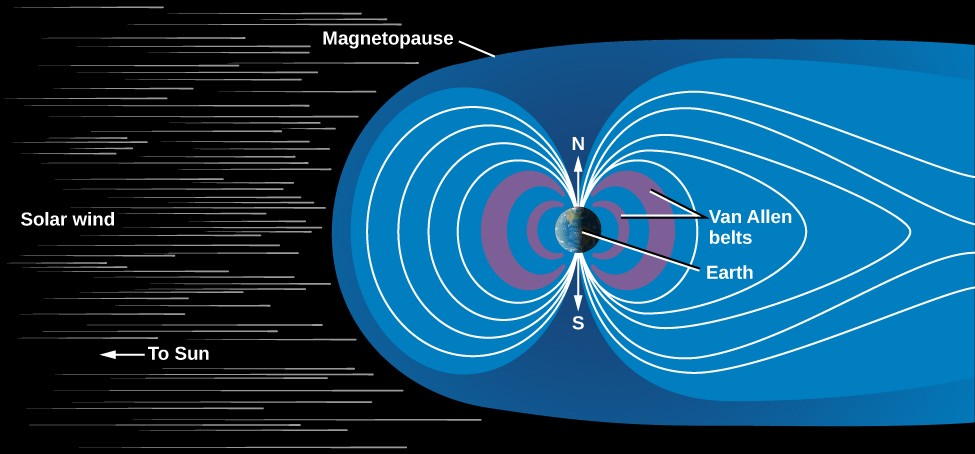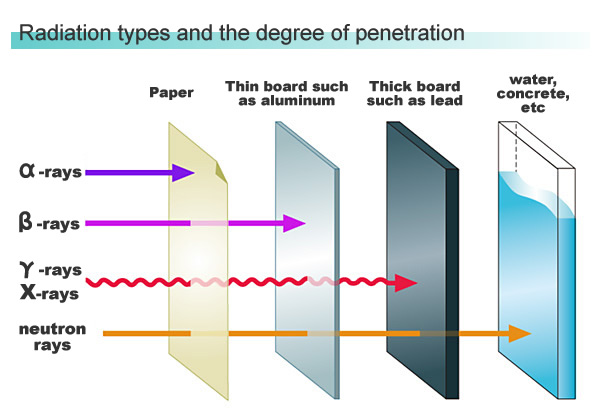Why Should We Colonize Other Celestial Bodies?
It is in an organism’s nature, to expand its population and reach out to new territories. There are several factors that limit this process that include, but are not limited to competitors, environmental changes, and genetic adaptation. Humans have learned methods to somewhat control or resist these factors, but are still limited by the factor of resources. Resources are always limited. With the ever increasing population, it is possible that one day Earth will be unable to support all the life on its surface. Even if resources aren’t limited, the lifespan of the celestial bodies are limited. If we were to talk about the long future of humanity (if it exists), we would have to inevitably look out of our own planet: Earth. The closest habitable (with the help of science of course) celestial bodies are our Moon and Mars, which makes them our first targets for extraterrestrial colonization. Each astronomical body has their own unique environment that is almost guaranteed to be hostile to humans. In order to overcome such hardships, we must first identify the criteria.
Potential Problems of Moon/Mars (not all)
Gravity
- The lack of gravity causes spine elongation and a decrease in muscles mass (muscle atrophy)/bone mass. The decrease in bone mass makes it extremely brittle. This is caused by the increase in bone destroying cells and the decrease in bone creating cells that are usually kept at equilibrium in a normal environment. The lost bone mass ends up in the blood and increases the potential of a kidney stone.
- The blood in our circulatory system is constantly under the effect of gravity, and the human body knows how to compensate for the tendency of blood to accumulate in the lower half of the body when standing. In low gravity environments, the body overcompensates the force of gravity and your face becomes swollen and blurs vision as fluid accumulates at the eye (the body adjusts to this in a few days).
- The gravity of the Moon is 1.62m/s^2 and the gravity of Mars is 3.71m/s^2. For comparison, the gravity of Earth is 9.81m/s^2. The gravity on both bodies will have the same effect on the human body, just with different magnitudes.
Radiation
- The Earth has its magnetic field and its atmosphere which prevent much of the cosmic rays and other harmful radiations from reaching the surface (a.k.a. the magnetosphere).
- The Moon has no atmosphere and a significantly weaker electromagnetic field.
- Mars does have an atmosphere and a magnetosphere, but is still incapable of protecting the surface from the rays. The atmosphere on Mars is 100 times thinner than Earth and much of the cosmic rays, readily pass through. Half of the radiation and cosmic rays reach the surface on Mars. This is 50 times more the radiation a person would experience on the surface of Earth. Mars does have a liquid iron core like Earth, but because of the lack of dynamo (how the movement of electrically conducting fluid can create and maintain a magnetic field) the magnetosphere is considerably weak. The meager solar flares experienced on Earth, can be lethal in both the Moon and Mars. Mars also does not have a planetary magnetic field. These rays highly increase the occurrence of cancer.

▲Magnetosphere of Earth [11]

▲Types of Radiation and Penetration Capability [9]
Temperature
- The Moon and Mars has no large bodies of water, making its temperature very dependent on direct sunlight. The high specific heat of water allows Earth to maintain a specific temperature range habitable for life.
- The surface of the Moon spins slowly with relative to the sun (1 day on the Moon = 27d 7h 43m 12s), which means that the the sunlit side will have high temperatures (127°C), while the shaded side will have low temperatures (-173°C).
- Mars is much farther from the sun than Earth, but it has a high concentration of carbon dioxide in its atmosphere which allow it to retain some heat. Still the average temperatures are very low with high temperatures being 20°C and low temperatures being -125°C. The orbit of mars is elliptical and is tilted on its axis, creating seasons with varying lengths.
Resources/Other
- Martian soil contains perchlorate salts which if ingested can reduce the activity of the thyroid gland. The thyroid gland is a vital hormone gland, and the loss of activity there might be life threatening.
- The Martian soil/dust is very fine and is electrostatically charged. It would stick to everything like space suits and potentially destroy sensitive machinery. If these dust stick to space suits, they will inevitably be brought into the habitable zone, and would be inhaled by the astronauts.
- Martian soil does not contain nitrogen compounds which are vital for plants.
- Mars does not have much energy available. Dust storms obstruct the solar panels, the atmosphere is too thin for wind turbines, and the planet is too cold for geothermal energy.
Potential Solutions
Gravity
- Artificial gravity can be created using centripetal force in a rotating room.

▲Centripetal Acceleration Machine [8]
Radiation
- The settlements on the moon can be built in caves.
- The settlements on mars could be covered with the martian soil or dry ice that could be created from the CO2 harvested from the atmosphere.
Temperature
- The extreme temperature difference between the 2 hemispheres make it hard to live along anywhere near the equator on the moon. There may be a location along the poles, where the rotation of the moon may be sufficient to maintain a certain temperature range.
Resources/Other
- Decontaminating the martian soil may be too energy consuming. Aquaponics could be used to grow plants with just water and fish could be farmed in those waters. Nuclear energy could be feasible if there are no other energy sources.
What We Can Look Forward To
Not only do these celestial bodies provide us with plenty of resources, they have lower gravitational pulls which mean that spacecraft can leave the surface of those planets with much less fuel or energy. They can serve as a hub for further space exploration. This big leap towards the colonization of the galaxy is not so far away as you imagine. The problems have been identified, and most scientific procedures are doable with current technology. The only problem is finance. The cost is unrealistic and further advancements need to be made to cut down costs, but that is already under way. We may be able to take a walk on the Moon or go on a vacation to Mars in our lifetime.
[1] Dr. Iddo Magen. 2017. “The Dangers of Zero Gravity”. Davidson Institute of Science Education. https://davidson.weizmann.ac.il/en/online/sciencepanorama/dangers-zero-gravity#:~:text=Muscle%20atrophy%20and%20osteoporosis,begin%20to%20weaken%20and%20shrink. 06/12/20.
[2] 2019. “Building a Marsbase is a Horrible Idea: Let’s do it!”. Kurzgesagt. https://www.youtube.com/watch?v=uqKGREZs6-w. 06/12/20.
[3] 2019. Tran Lina. “How NASA Will Protect Astronauts From Space Radiation at the Moon”. NASA. https://www.nasa.gov/feature/goddard/2019/how-nasa-protects-astronauts-from-space-radiation-at-moon-mars-solar-cosmic-rays 06/12/20.
[4] Wall Mike. “Mars Soil May Be Toxic to Microbes”. space.com. https://www.space.com/37402-mars-life-soil-toxic-perchlorates-radiation.html. 06/12/20.
[5] Sharp Tim. “What is the Temperature on Mars?”. space.com. https://www.space.com/16907-what-is-the-temperature-of-mars.html. 06/12/20.
[6] 2014. “Lunar Reconnaissance Orbiter”. NASA. https://lunar.gsfc.nasa.gov/images/lithos/LROlitho7temperaturevariation27May2014.pdf. 06/12/20.
[7] 2019. “Protecting Yourself From Radiation”. https://www.epa.gov/radiation/protecting-yourself-radiation. 06/12/20.
[8] 2010. Tajmar M. “Homopolar artificial gravity generator based on frame-dragging”. https://www.sciencedirect.com/science/article/abs/pii/S0094576509005128. 06/12/20.
[9] 2009. “Mechanisms of Radiation”. Nagasaki City https://nagasakipeace.jp/english/kids/kaisetsu/hoshasen.html. 06/12/20.
[10] Dellinger AJ. 2019. “Elon Musk’s Mars colonization plan requires 1,000 rockets and 20 years”. Mic. https://www.mic.com/p/elon-musks-mars-colonization-plan-requires-1000-rockets-20-years-19308872. 06/12/20.
[11] “The Global Perspective”. lumen. https://courses.lumenlearning.com/astronomy/chapter/the-global-perspective/. 06/12/20.
